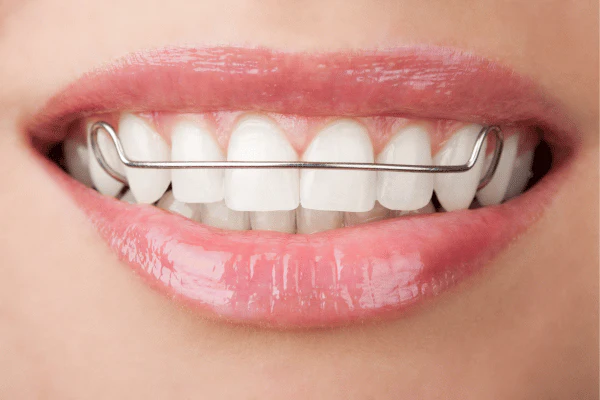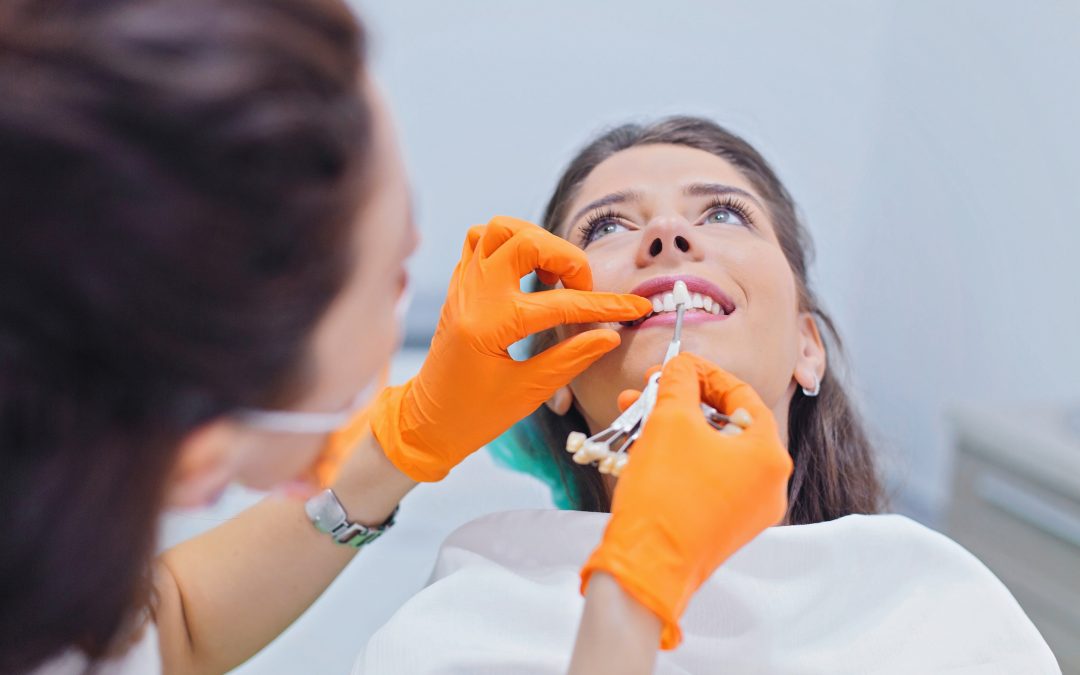Retainers are custom-made orthodontic appliances designed to maintain the alignment of teeth after orthodontic treatment. They are typically worn after braces or clear aligners have been removed, ensuring that the teeth remain in their corrected position.
In this article, the Irving Texas orthodontist will explore the types, indications, and care taken for retainers.
What are retainers?
Retainers are custom-made orthodontic appliances designed to maintain the alignment of teeth after orthodontic treatment, ensuring that the teeth remain in their corrected position. Typically worn after braces or clear aligners have been removed, retainers prevent teeth from shifting back to their original position, support gum health, and enhance oral hygiene.
With proper care and regular wear, retainers guarantee long-lasting orthodontic results, allowing individuals to enjoy a healthy, straight smile for years to come. By wearing retainers as directed, patients can maintain the investment they made in their orthodontic treatment and enjoy the confidence that comes with a beautiful, aligned smile.
What are the types of retainers?
There are several types of retainers, including:
- Hawley retainer: A removable retainer with a metal wire and acrylic plate, adjustable for fine-tuning.
- Essix retainer: A clear, removable retainer made of plastic, ideal for mild corrections.
- Fixed retainer: A permanent retainer bonded to the back of teeth, providing long-term stability.
- Bonded retainer: A thin wire bonded to the back of teeth, suitable for teeth that require extra support.
- Clear retainer: A transparent, removable retainer made of plastic or ceramic.
- Lingual retainer: A fixed retainer bonded to the back of teeth, hidden from view.
- Removable retainer: A retainer that can be taken out for cleaning and maintenance.
- Permanent retainer: A fixed retainer that remains in place indefinitely.
- Hybrid retainer: A combination of fixed and removable retainers.
- 3D-printed retainer: A custom-made retainer created using 3D printing technology.

When are retainers indicated?
Retainers are indicated for:
- Post-orthodontic treatment: After braces or clear aligners are removed, retainers maintain the new tooth alignment.
- Tooth movement prevention: Retainers prevent teeth from shifting back to their original position.
- Stability: Retainers ensure long-term stability of orthodontic treatment results.
- Gum health: Retainers support healthy gum tissue and prevent gum recession.
- Bite maintenance: Retainers maintain the corrected bite and prevent bite collapse.
- Tooth wear prevention: Retainers prevent teeth from wearing down due to grinding or clenching.
- Orthodontic relapse prevention: Retainers prevent teeth from returning to their pre-treatment position.
- Support for teeth with missing neighbors: Retainers provide support for teeth that have lost adjacent teeth.
- Habit control: Retainers can help control habits like tongue thrusting or thumb sucking.
- Aesthetic purposes: Retainers can be used to maintain a straight smile for cosmetic purposes.
How to care for your retainers?
To care for retainers, follow these steps:
- Cleanliness: Rinse retainers with water and mild soap. Use a soft-bristled toothbrush for gentle scrubbing.
- Storage: Store retainers in a protective case when not worn to prevent damage or loss.
- Avoid harsh chemicals: Refrain from using bleach, acid, or abrasive cleaners, as they can damage retainers.
- Dental visits: Bring retainers to scheduled dental appointments for professional cleaning and inspection.
- Regular inspection: Regularly examine retainers for signs of wear, damage, or mineral buildup.
- Avoid heat: Avoid exposing retainers to heat sources, such as hot water, microwaves, or dishwashers.
- Handle with care: Handle retainers gently to prevent bending, warping, or cracking.
- Retainer cleaning products: Use specialized retainer cleaning products, like retainer cleaning tablets or sprays.
- Soaking: Soak retainers in a mixture of equal parts water and white vinegar for 15-30 minutes, then rinse.
- Follow the orthodontist’s instructions: Adhere to personalized care instructions provided by your orthodontist.
Wrapping up
Retainers play a crucial role in maintaining the success of orthodontic treatment. By understanding the importance of retainers and following proper care instructions, individuals can enjoy a healthy, straight smile for years to come. Consult your orthodontist for personalized retainer advice.




